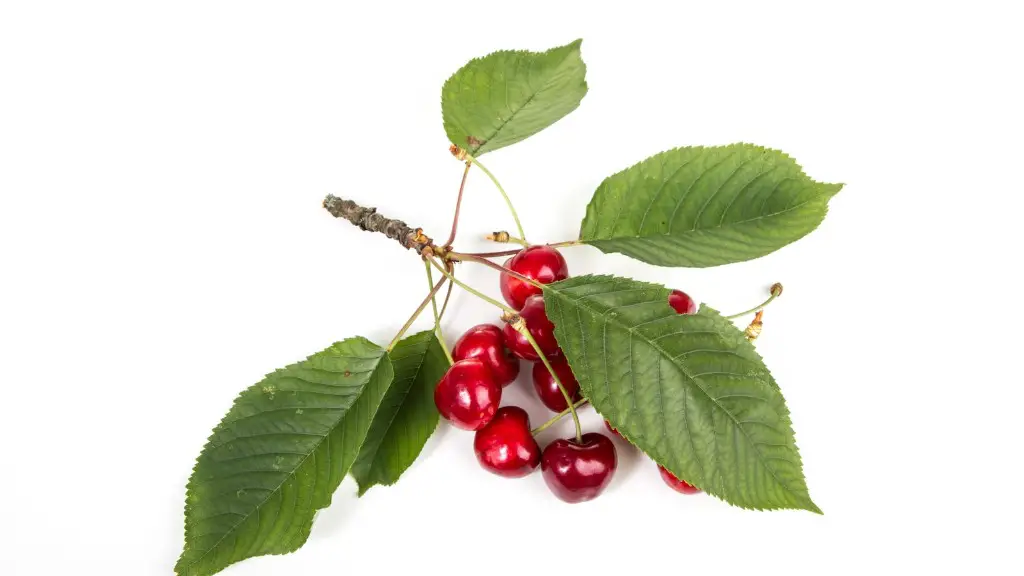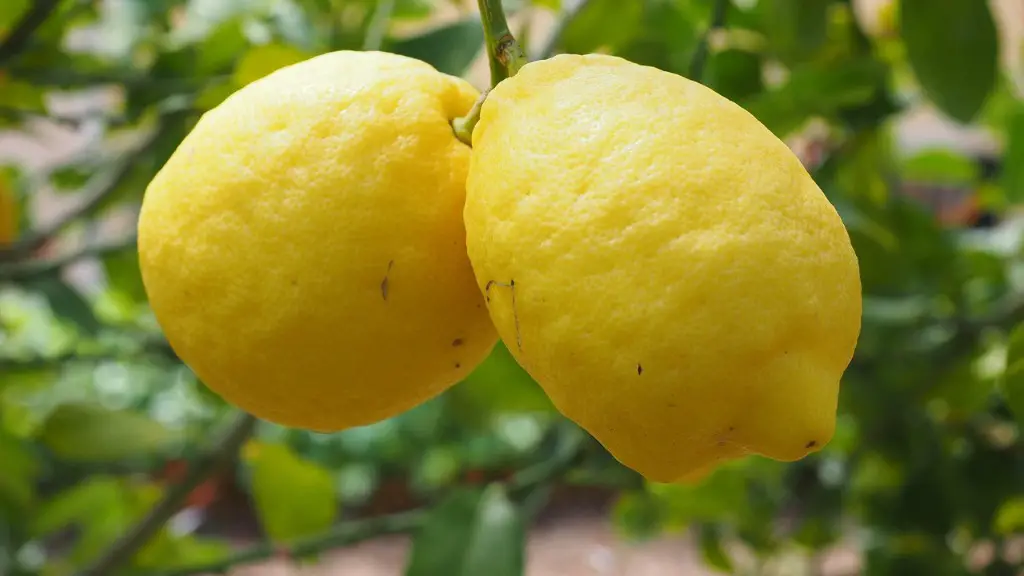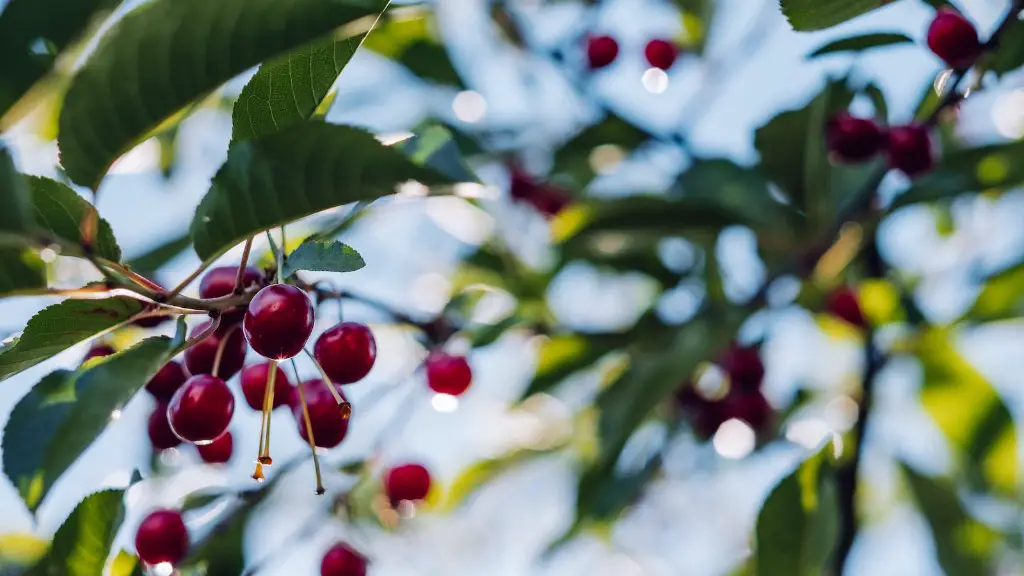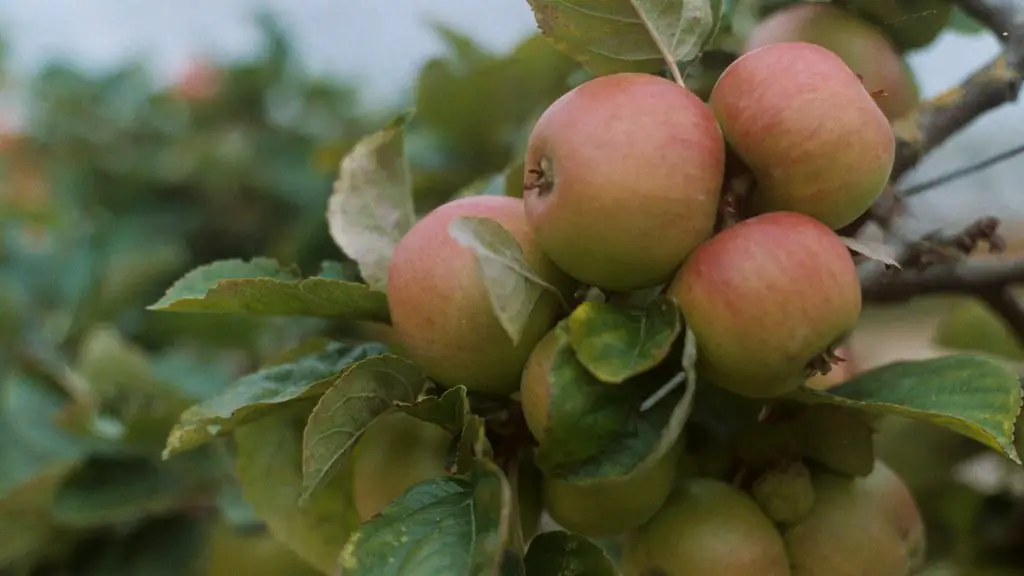People have a variety of delicious options when it comes to using their cherry tree’s fruits. Cherries can be eaten right off the tree, made into preserves, pies, chutney, and other preserves. They can be used in special alcoholic beverages, frozen, dried, candied, and even used in the brewing of beer. With so many possibilities, it can be overwhelming to know where to start.
In today’s heated climate, cherry trees have become popular for both commercial and residential purposes. Cherry farmers may use their harvests for commercial sale, while home gardeners take up their abundance for at-home projects. There are several options to consider for making use of whatever tasty bounty the cherry tree provides in their own DIY kitchen.
One of the most obvious options for the home chef is to enjoy them fresh from the tree. Ripe, juicy cherries make a great snack, and when chilled they can really be an amazing addition to a summer picnic. Plus, there’s no better way to enjoy the simple pleasure of harvesting directly from the source than your own backyard.
If you plan to harvest more than eating right off the tree, there are numerous other options for preserving cherries for long-term use. In particular, canning is a great way to turn the harvest into a shelf-stable product that can be savored for months to come. Recipes like cold-pack cherry chutney offer savory uses for slightly tart cherries, while canned pie filling ensures you have an array of popular sweet recipes at your fingertips when it calls for that excellent cherry topping.
A lesser-known option is the preservation of cherries through the creation of liqueur. While a special purchase might be necessary, those of legal drinking age may find this to be an intriguing way to make use of the harvest. Homemade cherry liqueur can be made with multiple recipes, either direct infusion involving vodka or by turning your cherry harvest into a syrup that is subsequently mixed with an alcohol of choice.
Using the bounty of cherries to make beer is another popular choice. This is a great way to explore the versatility of the cherry tree to combine delightful and unique flavors. Multiple beer brewing recipes exist for those interested in giving this activity a try. From stouts and meads to lighter beers, cherries in their various forms can bring a new flavor profile to a homebrew.
Finally, cherries may be dried, frozen or even candied, preserving the sweet taste for longer and providing a variety of uses for a range of recipes. Cherries can be an important produce item for any enthusiast of wholesome home cooking. With a little bit of effort and resourcefulness, any cherry tree can provide a great abundance of product.
Cherry Preserves
Cherry preserves can make a great addition to any home pantry, especially when made with love. Many varieties of cherries and preserves exist, and the classic cold-pack recipe offers a great way to get creative and transform your cherries into a delightful all-purpose condiment. Canning is a key step in preserving cherries, and recipes range from simple syrup-based preserves to complex chutney.
For classic cherry preserves, the recipe is simple yet may require some patience. Most involve cooking and mashing the cherries in order to extract their flavor, sweetness and color. Flavoring may be added and the ingredients are allowed to cook until the consistency reaches a thick and jellied texture. All that is required is to pour the cooked mixture into clean canning jars, make sure the seal is tight and voila, a delicious accompaniment for meals for many months to come.
Cherry preserves can make for a great topping for crusty bread, or can be blended in with sweet yogurts and smoothies. Its versatility makes it a great addition to any home chef’s pantry. Cherries have a natural sweet and tart pairing that really make them a special ingredient in the kitchen.
Candied Cherries
Candying cherries is a traditional recipe that goes back generations. The glossy, richly colored sweet treats are a popular commodity that can be used in a variety of dishes, cakes, and other baked goods. Commercially purchased candied cherries are usually made with an artificial dye and preservatives, but making them at home really compounds that delightful cherry flavor with a unique texture.
Candied cherries are a great way to use extra cherries from the tree, making a large batch in one go. Much like the cherry preserves recipe, this involves some careful preparation and timing for the desired outcome. Due to the sugar syrup used, the cherries need to be boiled in boiling water and reduced to a setting point. This can take some time and should be monitored as though it is left to boil for too long the sugar will crystallize in the jar, making them unavailable for further use.
After the preparation process of the cherries, the desired flavor components may be added. Citrus juice, nutmeg, and other classic spices are great options. The cherries may be left in the syrup to sit over night and the following day can be eaten as is, or dipped in additional sugar, chocolate, or any other ingredient to make them even more indulgent.
Chutney
When it comes to chutneys, dried cherries can shine even more. They can be transformed into a versatile condiment with a sweet and sour flavor. Given its spiciness, chutney pairs perfectly with roasted meat, luncheon meat, or exotic dishes like vada pav or pav bhaji. Cherry chutney is a popular variation of this condiment, combining the tartness of the cherries with other flavors like garlic, shallots and bell pepper that bring out the best of cherries.
The recipe itself can be quite simple, given it starts off with cherries, onion and garlic. The cherries may be boiled with vinegar, peppers, and shallots, and can be seasoned any way the cook desires. This should be cooked for up to 30 minutes before setting it aside to cool. It can be refrigerated for storage, or as soon as it comes to room temperature it can be consumed.
Cherry chutney’s ingredients are versatile, in that a number of different options can be blended in to offer unique and personalized takes on the chutney. From mustard to jaggery, from ginger to cardamom and cloves, one can explore the joys of a recipe and produce a personal flavor profile.
Crumbles and Pies
Anyone who knows cherries would know that they pair perfectly with oatmeal, as well as with nuts, making them great options when thinking of baking a dessert with them. The earthy flavors that the oatmeal provides to the sweet cherries make a perfect complement when combined under a layer of crunchy crumble. The beauty of this recipe lies in the variation of ingredients that one can use, whether it’s ground nuts or butter, rolled oats, brown sugar or cornmeal.
For those more inclined to make a tarte, pies and tartes are wonderful options. With cherries, the possibilities span from sweet and simple to cobblers or crumbles. A traditional Pie crust or a shortbread crust can be used in combination with a fruit filling. This could include cherries, apricots, peaches and even mix up some flavor sensations like dark chocolate, almond and orange for a unique flavor profile.
Cherries are a great fruit for jam-making, pie-filling, or for a complex tart. Jam-making is a timeless classic that helps the cherries retain their juiciness, sweetness and tartness, which results in a great mixture that can be served with toast and scones. Some chefs have taken the notion further to make a jam-filled tart, an elegant creation that combines the tartness of cherries with a creamy custard like base.
Marmalades and Jams
Other great uses for cherries include the making of marmalade, a combination of fruits, sugar, and spices that has been known to bring out the boldness of those delectable red cherries. Made with a ratio of cherries, sugar, and other spices like ginger, cinnamon, and slices of orange, marmalades can yield a unique condiment that can be packed into jars, frozen or refrigerated to maintain its freshness.
In comparison to marmalade, jams are more of a uniform spread. Ingredients like honey, sugar, and some added pectin also contribute to the mixture, making it a sweeter and thicker version that can be used for cakes and snacks. The versatility of cherries makes it easy to get creative. Jams of raspberry and cherry work well together, creating a unique and delicious flavor that can be enjoyed by people of all ages.
Using fruits from a cherry tree can be a rewarding experience, making homemade creations that have a unique and special flavor that cannot be found anywhere else. Small batches or larger batches can easily be made, offering multiple recipes and mix up options. Choosing the right recipe and exploring all the possibilities that can be yielded from a single cherry harvest can be the best way to enjoy this special fruit in your own home.





